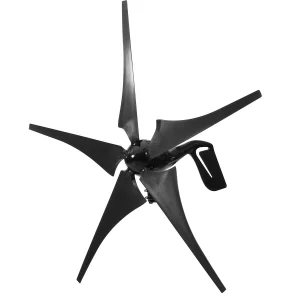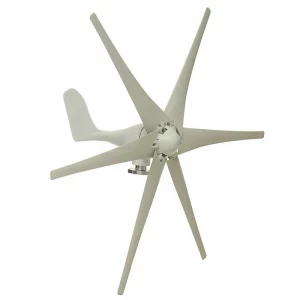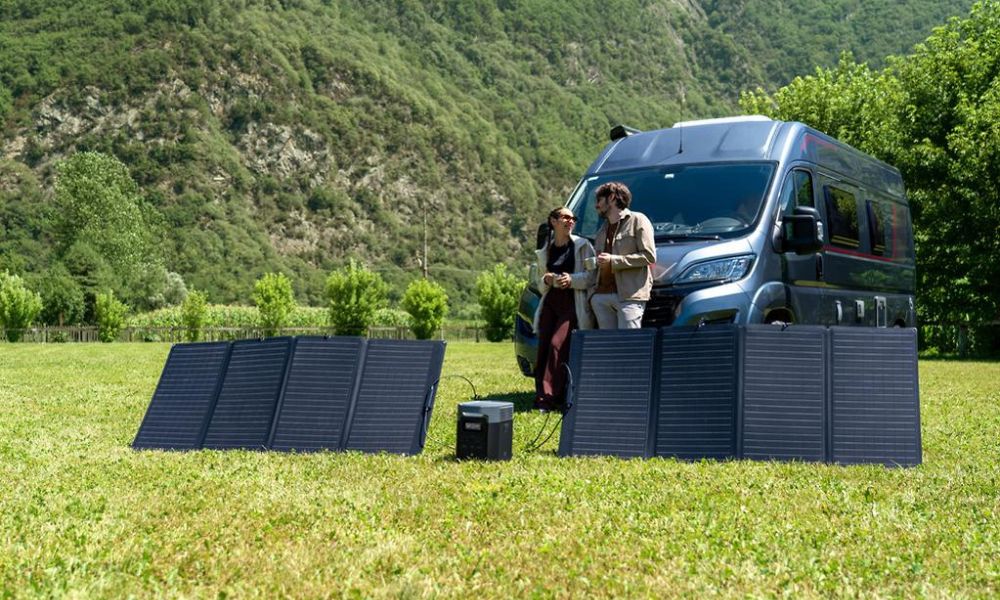COVID-19 accelerated the presence of flexible workplaces not only around the country, but around the world.
Forced restrictions and lockdowns meant many businesses had to adapt, and employees set up shop in their living rooms and home offices to keep the wheels turning. By using networking tools like Microsoft Teams and Zoom, employees were able to stay connected, and businesses of all sizes could survive and thrive.
The thing is, these flexible arrangements are nothing new – COVID just made them more mainstream. Companies have realised they can reduce their overheads, gain access to talent no matter where they are located, operate with more speed and scale, and foster an environment of loyalty and productivity.
Employees have discovered a greater work/life balance, are spending less (or no) time commuting, are more likely to be well-rested, and feel less stress and fatigue.
More than a third of Australians now work remotely
Australian Bureau of Statistics (ABS) data conducted in February 2021 shows that 41 per cent of Australians with a job now work remotely at least one day a week. That’s compared to 24 per cent in March 2020, just before the rollout of COVID restrictions.
Even with vaccines being rolled out across the country and restrictions easing in most states and territories, most employees expect that this will remain the case.
“Employed Australians expect [these] arrangements to continue throughout the year,” ABS Head of Household Surveys David Zago said.
This can lead to bill shock
Many Aussies appreciated the savings they were making in a flexible environment. No more $5 cups of coffee, no more topping up cards for public transport, no more expensive takeaway lunches and no more fuelling up the family vehicle multiple times a week.
That was until they received their electricity bill. Working from home can add an extra $500 or more to your bill every six months, as research carried out by money-saving and comparison website Mozo has revealed.
When you add the expenses of a home office to a modern house already loaded with tech, it adds up quickly. Here are some tips to reduce your energy usage from your home office, so there is no more bill shock every quarter:
Use a laptop: There are multiple benefits to this. If you are dividing time between your home and an office, then a laptop makes sense. They also use roughly five times less power than a desktop computer if you are not plugging them into a monitor.
Use a power board: The bigger, the better. If you can plug your computer, chargers, lighting, printer – absolutely everything that you are using in your home office – into a single power board, then you can turn everything off with a single button press. This alone can save you $100 a year.
Set the lighting: Switch any incandescent bulbs you are using to LED replacements, and you’ll reduce your lighting bill by around five times, straight off the bat. You also don’t need to have every light in the house on. Corporations can afford that, not individuals. Consider using lamps to create just the right amount of lighting for your space.
Use a smart monitor: The Powerpal Smart Energy Monitor connects to your smart device and gives you a real-time feed on your electricity use. This allows you to make adjustments and slash your bill.
Call us today on 1800 EMATTERS to get a quick solar quote. You can also email our friendly team for expert, obligation-free advice.


 Retail
Retail Retail
Retail Retail
Retail


